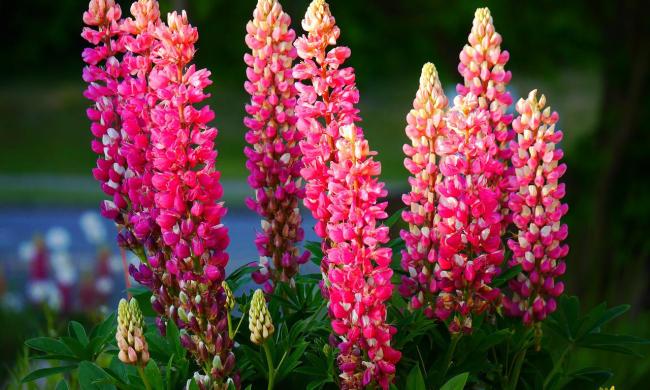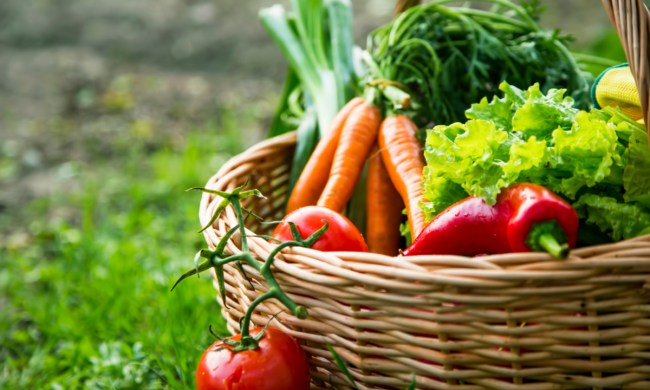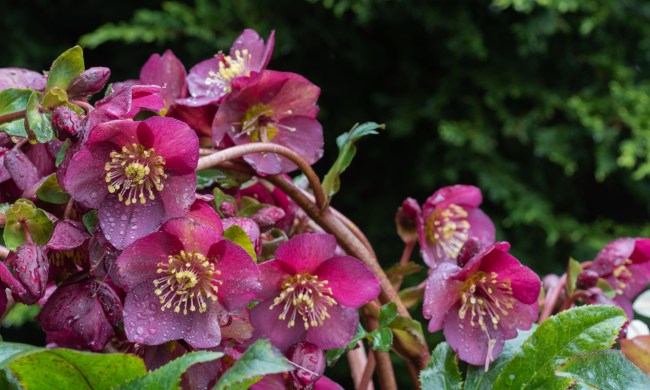Creating a beautiful pollinator garden isn’t just good for the environment — it can also be a wonderful sight! When spring arrives, stepping out into your garden to see it full of butterflies and hummingbirds can be a great source of joy. There are many plants you can grow to attract butterflies, but one of the most popular is the aptly named butterfly bush, or Buddleja davidii.
If you want to add butterfly bushes to your yard or garden, then this is the guide for you. We’ll walk you through everything you need to know to keep your butterfly bush happy and healthy.
Planting butterfly bushes

Start planting your butterfly bushes in early to mid-spring. Choose a location in full sun to partial shade with well-draining soil. In hotter regions, providing afternoon shade can help prevent your butterfly bushes from drying out and becoming scorched. In more mild climates, grow your butterfly bushes in full sun for the best and brightest flowers.
You can grow a butterfly bush in a container if you prefer, but you’ll need to choose your container carefully. Drainage holes are important, so avoid containers that are sealed and watertight. Size is the other primary problem. Butterfly bushes can grow up to 10 feet tall and 5 feet wide, although not all of them reach the maximum size. You’ll need a container that is large enough to support the roots as well as the bush itself.
Butterfly bush care

While they can’t tolerate standing water, butterfly bushes do still need regular watering. Check that the soil is dry before watering your butterfly bush, then water it slowly to ensure the water has time to soak in. Butterfly bushes can develop deep root systems, so be sure to give the water a chance to reach them. Avoid watering your butterfly bush near noon, when the sun is at its peak. Water evaporates more quickly during this time.
Butterfly bushes don’t typically need fertilizer, and they can actually grow quite well in average and poor soil. If your plant is looking a bit dull and you think it might need a boost, you can give your butterfly bush a dose of any balanced fertilizer in spring or summer.
Prune your butterfly bushes in early spring, between the last frost and the first flowers. If you see flower buds, it’s too late and you’ll have to wait for next year. If the butterfly bush only has leaf buds, then you’re good to go. Focus on removing old and dead branches, then trim and shape your butterfly bushes to keep them looking neat.
Common pests and problems

One of the most common problems with butterfly bushes is overwatering. Poor drainage or too much water can lead to root rot and fungal infections, which weaken the plant and leave it vulnerable to pests. Luckily, these problems are easy to avoid. Don’t water your butterfly bush if the soil is still wet or rain is forecast to arrive soon after, and water it near the base to avoid soaking the leaves.
Small common pests such as aphids, whiteflies, spider mites, and earwigs can all target your butterfly bushes. While these pests don’t often cause severe damage, they can be a nuisance. If the infestation is large or your plant is already weakened from improper care, then these pests can inflict more damage. These pests are easy to control with insecticidal soap, neem oil, and other types of pesticides or repellents. However, keep in mind that anything you apply to your butterfly bush can also impact the butterflies! If the damage is minor, it might be best to simply leave them be.
Alternatives to butterfly bushes

Butterfly bushes are popular for how beautiful they are, as well as how attractive they are to pollinators. However, they aren’t native to the U.S. If you want to focus on growing native plants in your pollinator garden, then you’ll need to switch your butterfly bush out for another plant to attract butterflies to your yard. If you live in the American Southwest, you can instead grow Buddleja davidii’s close relative Buddleja marrubiifolia, or the wooly butterfly bush, which is native to the Chihuahuan Desert.
Milkweed is often the first native plant people think of when talking about butterflies, as this flower is an important plant for monarch butterflies. Milkweed also has a relative called butterfly weed, which has bright orange flowers. Asters, blazing star, bee balm, and goldenrod are a few other options.
Butterfly bushes are gorgeous shrubs that are great for attracting butterflies, and they’re fairly easy to grow. Pay attention to where you’re planting them and how often you water them, and yours is sure to thrive. Before you know it, you’ll be seeing tons of lovely butterflies visiting your garden.




